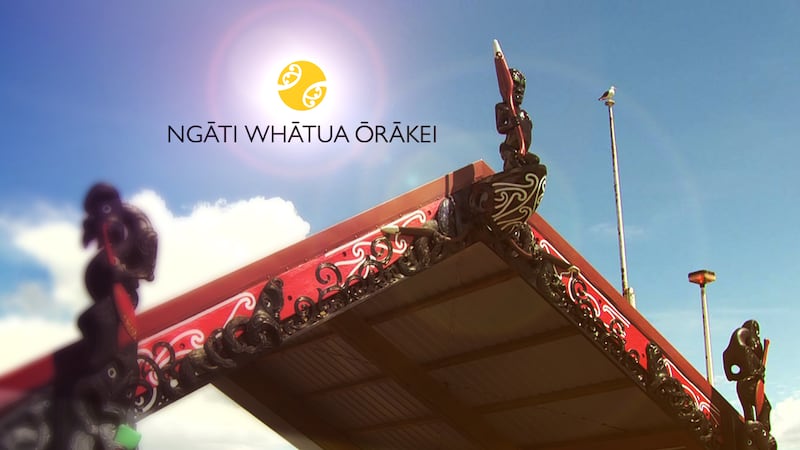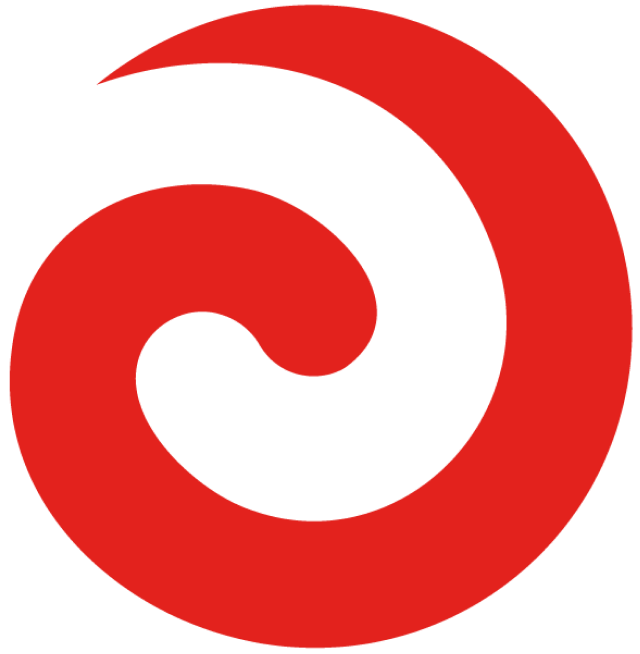Te Wānanga o Ngā Mana Whenua o Tāmaki Makaurau is under scrutiny following an Environment Court decision over who holds mana whenua status in parts of Tāmaki Makaurau. The question is, who gets to decide who is mana whenua in the region - iwi or Council?
Ngāti Whātua Ōrākei is calling for a complete overhaul of how mana whenua are identified and engaged, after the Court affirmed the iwi’s ancestral and ongoing connection to Westhaven Marina.
The dispute stems from the Auckland Council’s decision to approve an expansion of Westhaven Marina by its development arm Eke Panuku. Under council policy, approval required input from all 19 iwi in the Mana Whenua Forum. Ngāti Whātua Ōrākei challenged this approach, arguing there is only one mana whenua in that area.
In July 2025, the Environment Court recognised Ngāti Whātua Ōrākei’s dominant ties to Ōkā, commonly known as the Westhaven area, above those of other iwi involved in the case, including Ngāti Maru, Ngāi Tai ki Tāmaki, Te Ākitai Waiōhua, Te Patukirikiri, and Ngaati Whanaunga.
Ngāti Whātua Ōrākei spokesperson Ngarimu Blair says the decision should prompt government agencies and councils to rethink how they consult with Māori.
“Throwing everyone together in a room has always been a recipe for conflict at worst, and at best just a real homogenisation of what it means to be Māori.”
Not fit for purpose
Blair says the current model, which treats all iwi equally regardless of their connection to specific areas, ignores the importance of ahikā - the ongoing presence of those who uphold responsibilities to the land.
Under the Resource Management Act, Auckland Council is required to consult with mana whenua on developments that may impact culturally significant land or waterways.
This often involves early engagement, cultural values assessments, and advice from the Council’s Māori Outcomes Directorate.
However, iwi like Ngāti Whātua Ōrākei argue that the Council’s blanket approach - treating all 19 iwi in its Mana Whenua Forum as having equal standing - overlooks deeper ancestral ties and undermines tikanga-based decision-making.
“It dilutes and silences the voices of the hau kāinga. Some hau kāinga just don’t even turn up to these meetings anymore because they’re just pointless and worthless.”
Ngāti Whātua Ōrākei board member Joe Pihema says the iwi never agreed to the 2018 arrangement that gave 19 iwi a say in the Westhaven development.
“E kotahi anahe te tangata whenua, e kotahi anahe te iwi matua o konei, ko Ngāti Whātua.”
Forum roots questioned
Ngāti Manuhiri’s Mook Hohneck, the inaugural chair and a current member of the Mana Whenua Forum, agrees that the current system is flawed, though for different reasons.
He says the Forum was created with good intentions - to ensure Māori representation in council processes and to include iwi and hapū that were being left out. But he believes it no longer delivers.
“The Mana Whenua Forum was formed to give recognition to tribes and hapū that were missing out. At the time, it was crucial for Māori representation. But now, it’s not getting outcomes for Māori. It needs to revisit itself or repurpose entirely.”
Hohneck is critical of the Auckland Council’s role in determining mana whenua status, pointing to problems with the Local Government (Auckland Council) Act 2009.
“It doesn’t reflect tikanga. The Act says mana whenua includes those with a wholly or partly historical presence - I’m not sure what either those two words mean. Council is not the right body to decide who mana whenua are.”
He believes iwi should determine mana whenua status themselves through tikanga-based processes.
“If a group claims a mana whenua interest in Tāmaki Makaurau, they should come before the existing iwi and go through a tikanga-based process — not a council process.”
Dome Valley tensions
These issues also surfaced in 2021 during the controversy over the Dome Valley landfill proposal.
Te Rūnanga o Ngāti Whātua challenged the development in the Environment Court, asserting mana whenua status over the Dome Valley and wider Kaipara catchment, including the Hōteo River and Kaipara Harbour.
Their concerns centred on the landfill’s potential to damage waterways and undermine their role as kaitiaki.
Ngāti Manuhiri also opposed the proposal, but later withdrew their appeal and consented to the project in 2023, believing they held the stronger connection to the area.
“We felt that our mana whenua history and whakapapa gave us primacy,” Hohneck says.
“Some of our people were unhappy with that, but we reached a compromise. It wasn’t perfect - we didn’t want the landfill either - but we had to deal with the reality.”

What next?
With Tāmaki Makaurau’s population continuing to grow and more development planned, iwi are calling for a change to how the region recognises mana whenua.
“The forum needs to be iwi-led,” Hohneck says. “Not driven by council agendas.”
Blair agrees the court ruling sends a strong signal.
“The courts can’t shirk the responsibility. Under tikanga and under ture Pākehā, decision-makers under the RMA have to work out who has the strongest relationship.”
Ngāti Whātua Ōrākei plans to host a hui with other iwi who have connections to Westhaven, to find a way forward that respects the diverse whakapapa and histories tied to the area.



